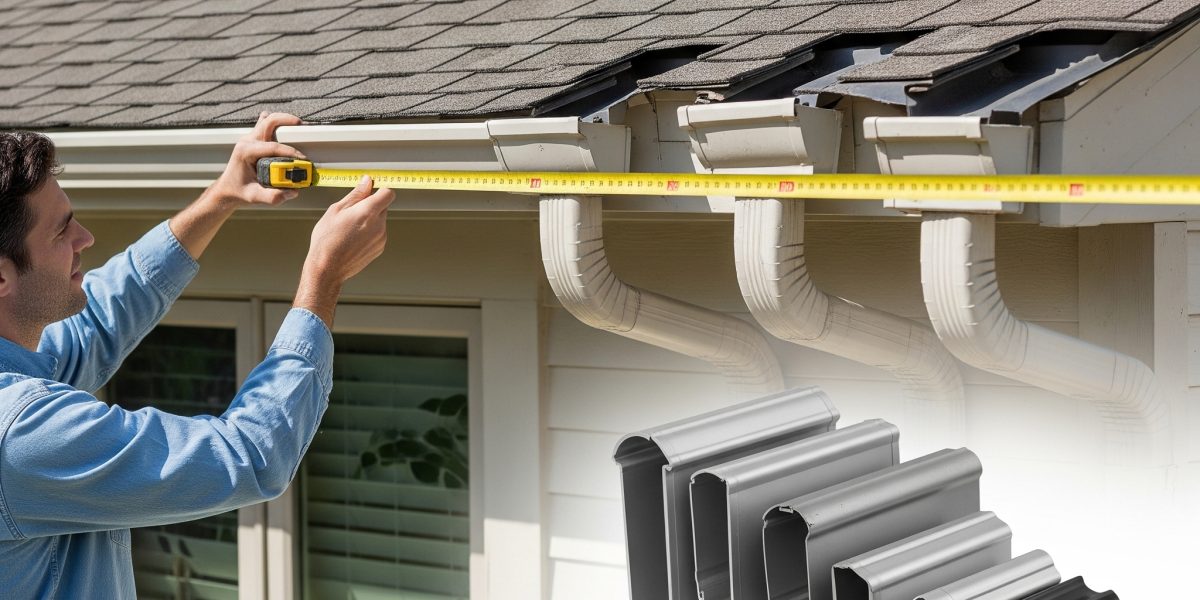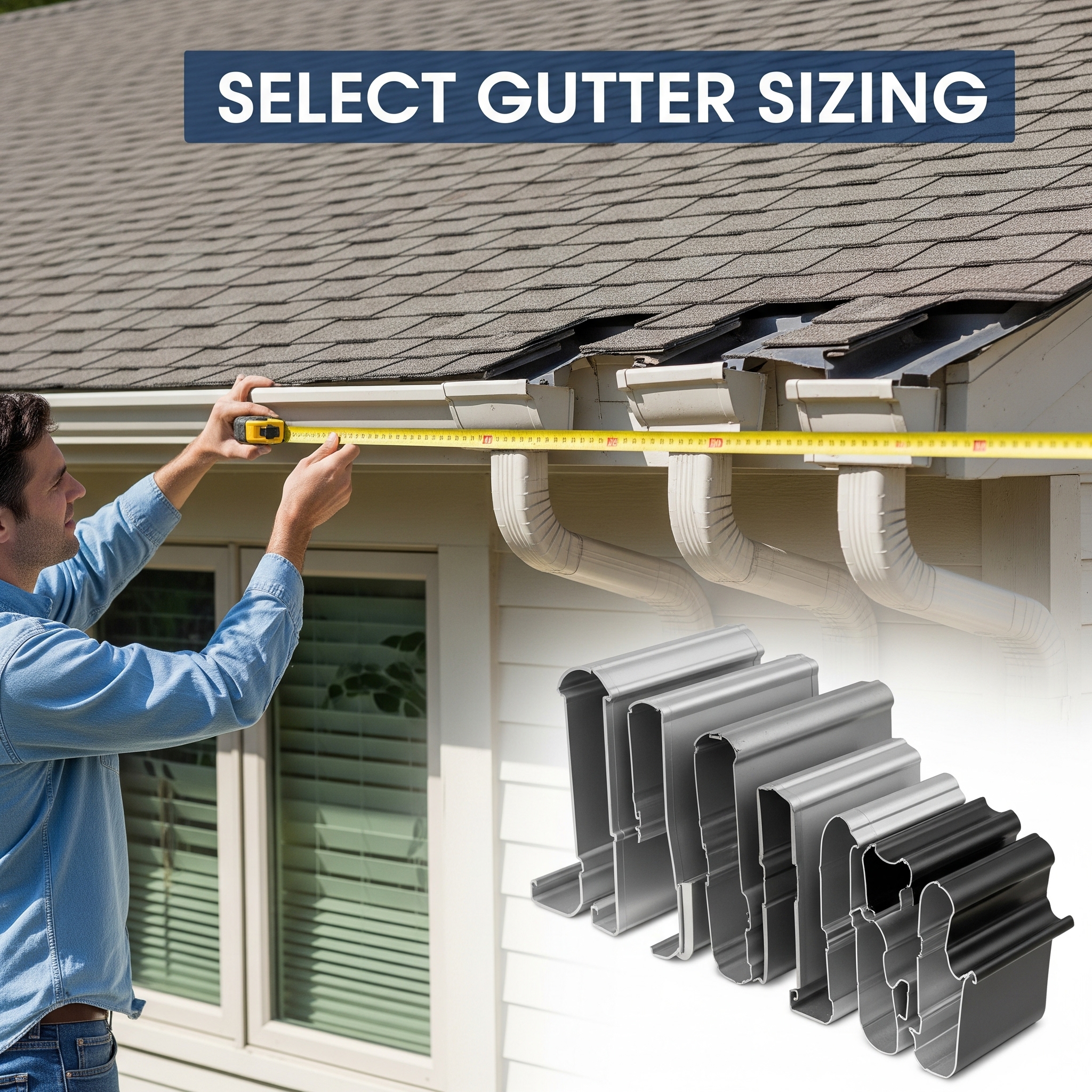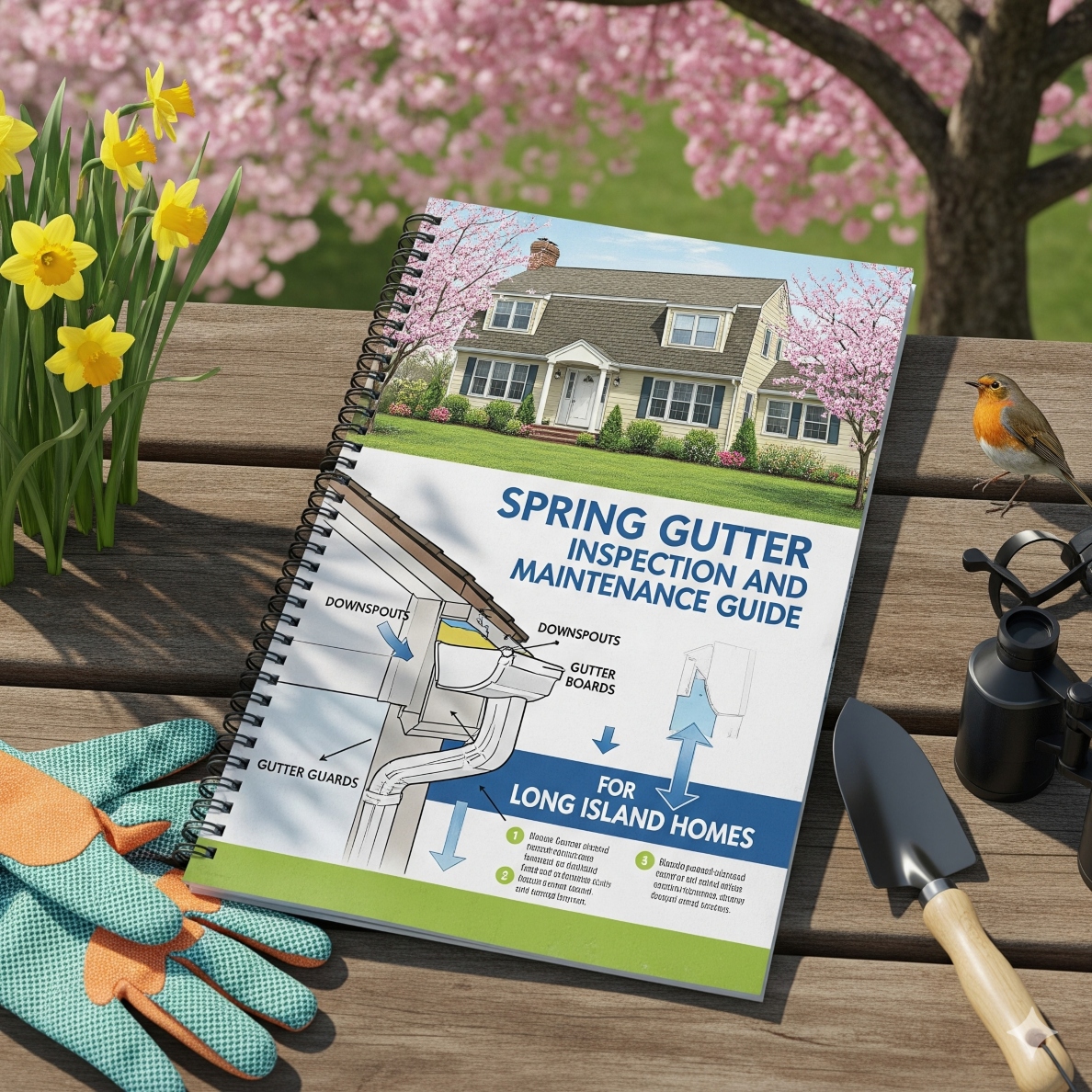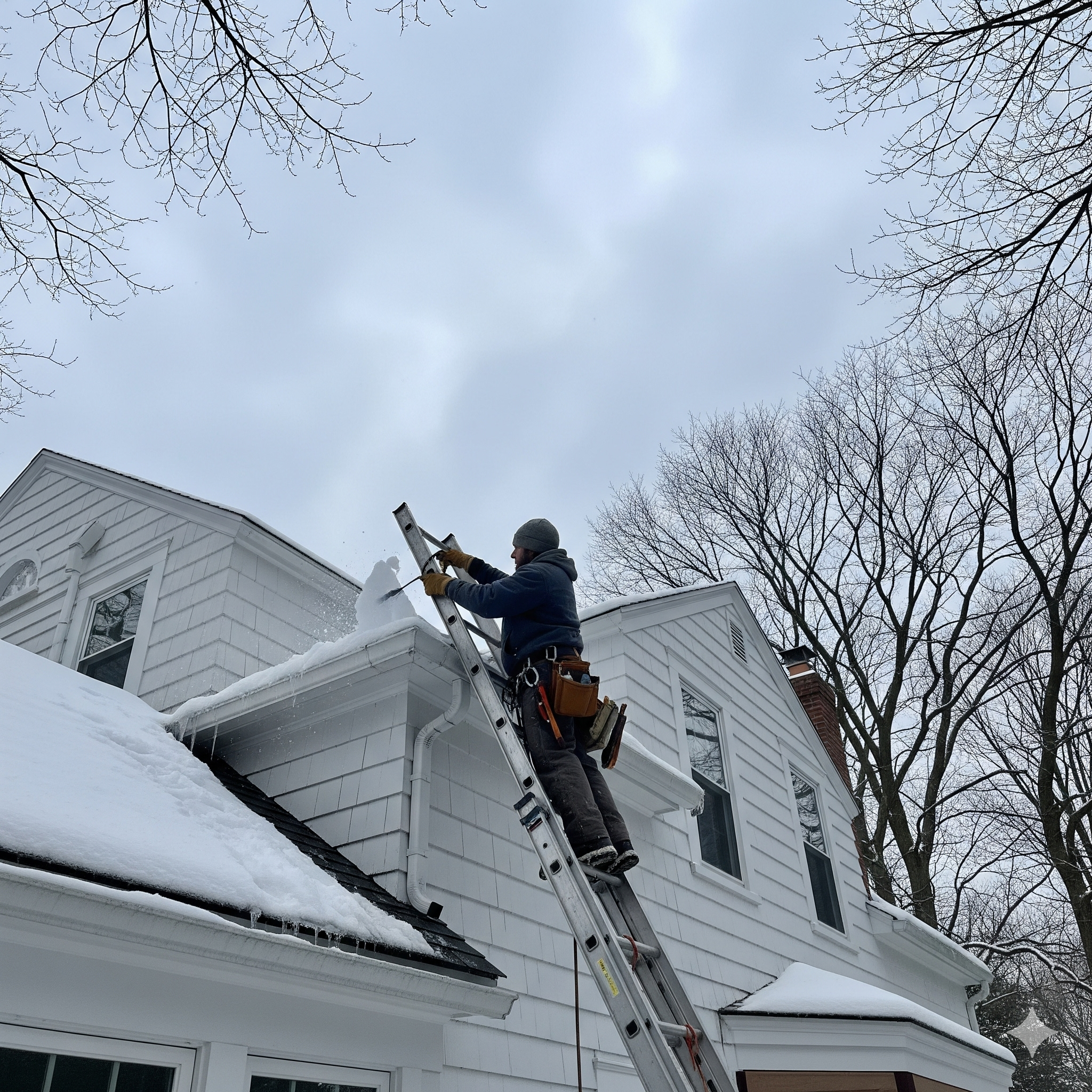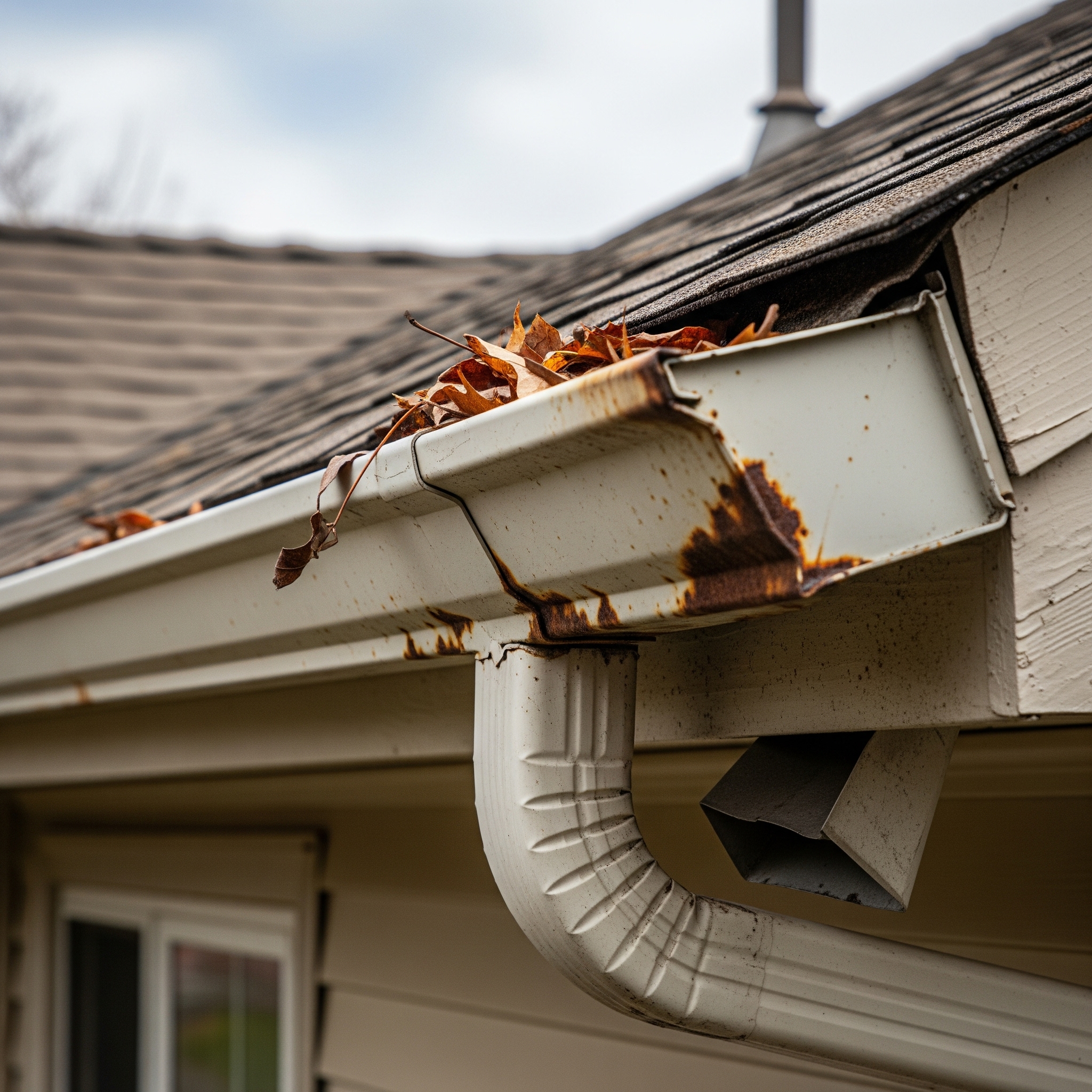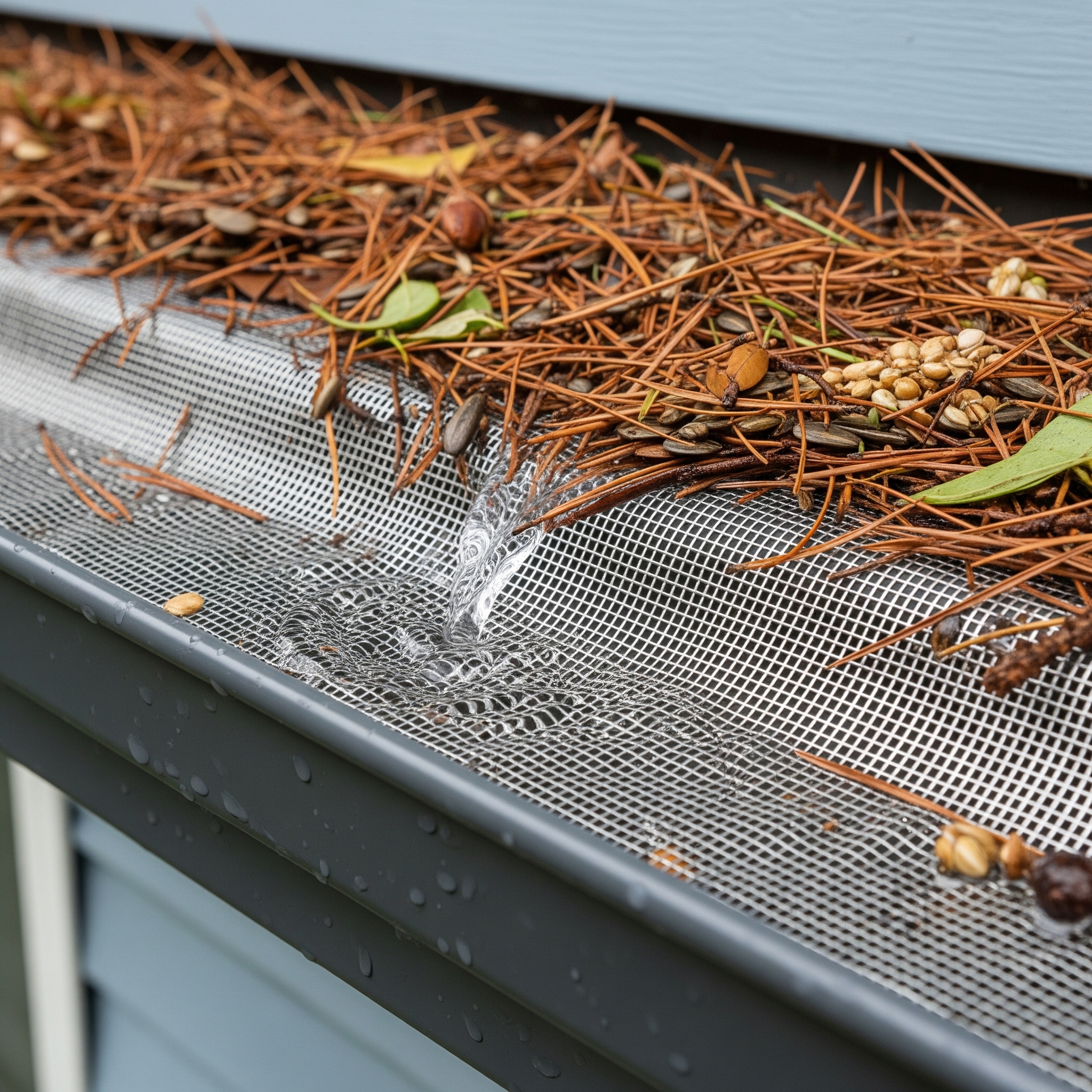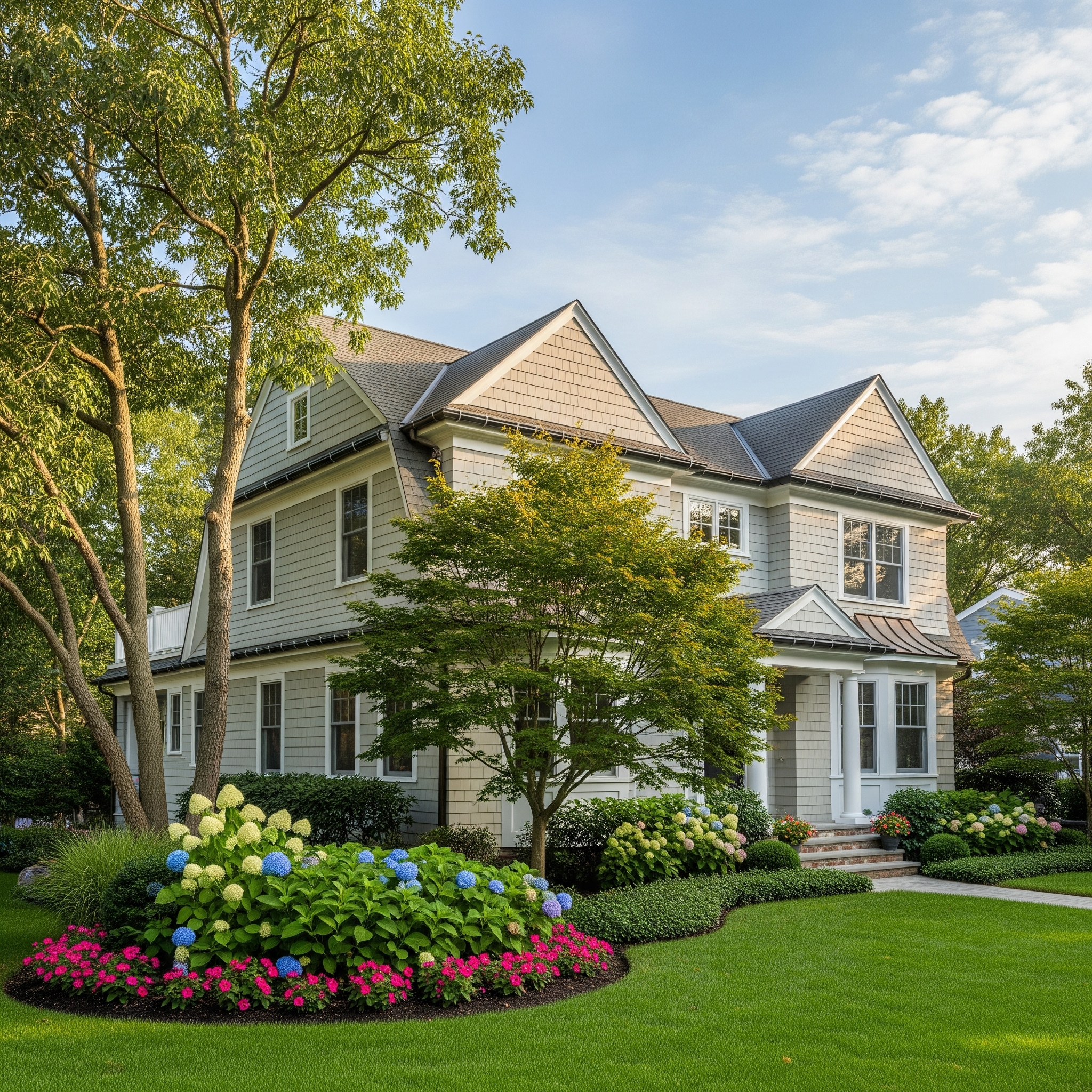Introduction
When it comes to protecting your home from water damage, gutters are essential—but not all gutters are created equal. One of the most overlooked aspects of gutter installation is choosing the correct gutter size. Homeowners often focus on materials, styles, and colors, but gutter sizing plays a major role in performance, especially during Long Island’s heavy rain and snow seasons.
At ELED Gutters, we help homeowners make informed choices based on local rainfall data, roof pitch, and home architecture. In this blog post, we’ll explain why gutter sizing matters, the risks of undersized or oversized gutters, and how to determine what’s right for your home.
What Does “Gutter Sizing” Really Mean?
Gutter sizing refers to both the width of the gutter channel (usually measured in inches) and the size of the downspouts that drain water away. Common residential sizes include:
-
5-inch gutters: Standard size for most homes
-
6-inch gutters: Higher capacity for larger roofs or steeper slopes
-
3×4-inch downspouts: Better for high-volume drainage
Choosing the right size ensures water can be captured and directed away before it causes damage.
The Risks of Undersized Gutters
Choosing a gutter that’s too small can result in serious issues, especially during Long Island’s frequent nor’easters, thunderstorms, and snow melts.
Problems include:
-
Overflow during heavy rain, leading to water damage on siding, windows, or foundations
-
Water pooling near the home, increasing risk of basement flooding or mold
-
Erosion of landscaping, soil displacement, or mulch washout
-
Ice dams in winter, caused by trapped water freezing at the edge of the roof
-
Premature wear on roofing materials, due to poor water drainage
At ELED Gutters, we often get emergency calls after storms where small, clogged, or misaligned gutters couldn’t handle the volume of water—causing avoidable damage.
Oversized Gutters: Are They Always Better?
While larger gutters may sound like a safer option, oversizing unnecessarily can create aesthetic and structural challenges:
-
Bulky appearance that detracts from curb appeal
-
Increased installation costs
-
May not integrate well with existing rooflines or fascia
-
More weight per linear foot, requiring stronger fasteners and support
The key is balance: large enough to handle your roof’s runoff, but not more than needed.
How to Determine the Right Gutter Size
Several factors go into determining the correct gutter and downspout size:
1. Roof Size and Pitch
Larger or steeper roofs shed more water faster. Roof surface area is one of the most critical calculations. For example, a steep roof might double the volume of water shed compared to a flat roof of the same size.
2. Rainfall Intensity in Your Area
Long Island experiences strong storms, especially in fall and spring. High rainfall intensity (measured in inches per hour) requires larger drainage systems. We use local rainfall data to calculate flow rates.
3. Gutter Material
Some materials, like aluminum, can be fabricated on-site in seamless lengths, allowing for optimized flow even in larger sizes. Heavier materials like steel or copper may limit size options.
4. Number and Placement of Downspouts
Even the best-sized gutter system will fail without the right number of downspouts. We ensure proper spacing and size (usually 2×3″ or 3×4″) for efficient drainage.
Comparing 5-Inch vs. 6-Inch Gutters
| Feature | 5-Inch Gutters | 6-Inch Gutters |
|---|---|---|
| Capacity | Up to 5,520 sq ft (low-pitch roof) | Up to 7,960 sq ft (low-pitch roof) |
| Best For | Small/average homes, moderate rain | Large homes, steep roofs, heavy rainfall |
| Cost | Lower | Slightly higher |
| Appearance | Slimmer, less noticeable | More visible but handles more water |
For many Long Island homes, especially those with gabled or multi-level roofs, 6-inch gutters offer peace of mind during major storms.
Why Seamless Gutters Improve Performance
Regardless of the size, seamless gutters reduce leaks, clogs, and maintenance. Because they’re made in one continuous piece, they eliminate weak points at seams—making them ideal for managing large volumes of water efficiently.
At ELED Gutters, we custom-manufacture seamless systems on-site in both 5-inch and 6-inch options, using aluminum or copper.
Don’t Forget the Downspouts
Oversized gutters need matched downspouts to drain effectively. Undersized downspouts cause water to back up and overflow the system. We recommend 3×4″ downspouts with 6″ gutters and properly placed outlets to avoid bottlenecks.
Why Choose ELED Gutters for Proper Sizing and Installation?
At ELED Gutters, we don’t believe in a one-size-fits-all solution. Every home we work on receives:
-
A full roof and pitch assessment
-
Custom recommendations based on real weather data
-
Seamless installation with hidden hangers
-
Multiple material and size options (aluminum, copper, etc.)
-
Optional upgrades like gutter guards or heated cables
📞 Call us today at (631) 552-6884 or
🧾 Book your free estimate online »
Conclusion
If your gutters are too small, too few, or poorly placed, your home could be vulnerable to water damage even with the best roofing. Gutter sizing is one of the most important—and most overlooked—factors in your home’s exterior protection system.
Let ELED Gutters help you find the right solution. Whether you’re replacing old gutters or building new, we’ll ensure your system is sized and installed for maximum performance—no matter the weather.
